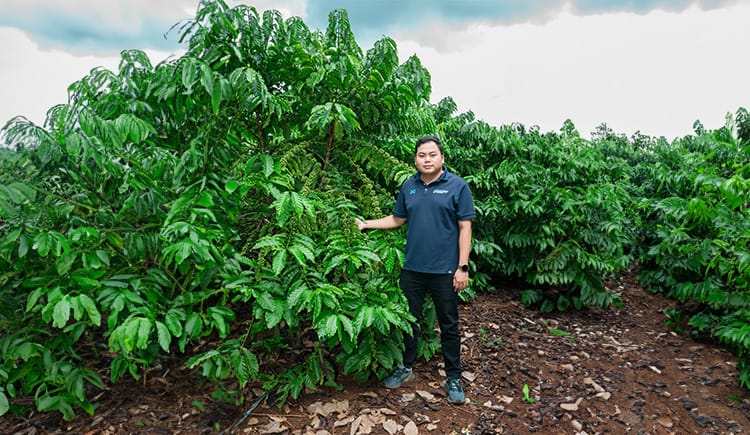Crops at Risk: How Climate Change Affects Our Favorite Flavors
As the effects of climate change continue to unfold, they pose a significant threat to global agriculture. Crops we rely on every day are becoming increasingly vulnerable. From coffee beans to rice, climate change is transforming how and where these staple crops are grown. Erratic weather patterns and shifting ecosystems are forcing us to rethink traditional farming practices.
This World Food Day, it's crucial to recognize how climate change is not just a challenge for tomorrow but a pressing concern today. Let’s zoom in on the potential impact of climate change on five of the world’s most consumed crops:coffee, cocoa, corn, potatoes, and rice, and hear directly from Netafim agronomists around the globe as they share valuable insights on innovative solutions that can help farmers adapt to climate challenges and safeguard our food systems.
Coffee: will our morning cup be at risk by 2035?
A hot cup of coffee is how many of us start the day, but climate change is threatening this comforting ritual. Coffee is mainly grown in tropical regions, with Brazil leading production across 10.3 million hectares globally.
According to a Climate Institute report, rising temperatures and erratic rainfall patterns are expected to cut coffee yields in half by 2050. Land suitability is also declining. Climate change is projected to cut the global area suitable for coffee production by as much as 50% by 2050, and as coffee-growing regions shift to higher altitudes, ecosystems face increased pressure, risking deforestation and biodiversity loss.
Can we cultivate coffee sustainably?
Cuong Doan, a Netafim agronomist in Vietnam knows we can. “Vietnam, one of the world’s largest coffee producers with 600,000 hectares of coffee, is facing severe impacts from prolonged droughts and changing weather cycles which are reducing coffee productivity and quality. To combat this, we apply drip irrigation, enabling farmers to cultivate coffee without relying on the weather. This method not only conserves water, fertilizer, and labor but also boosts coffee yield and quality through precise irrigation.”



